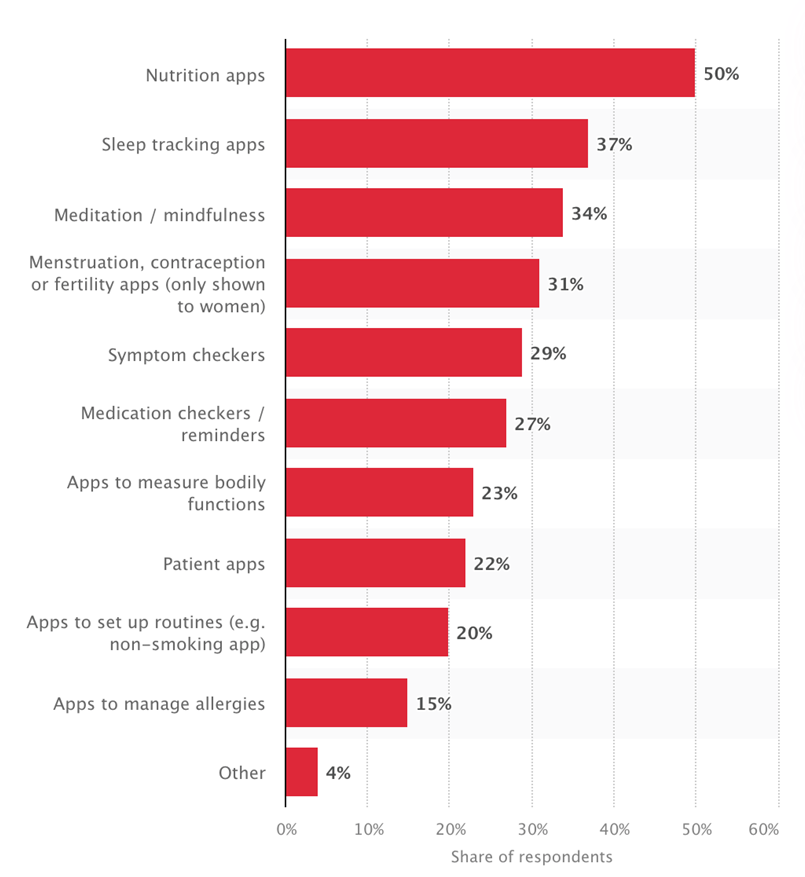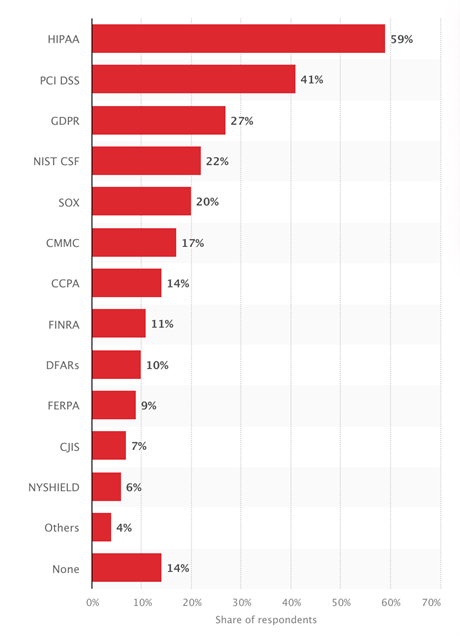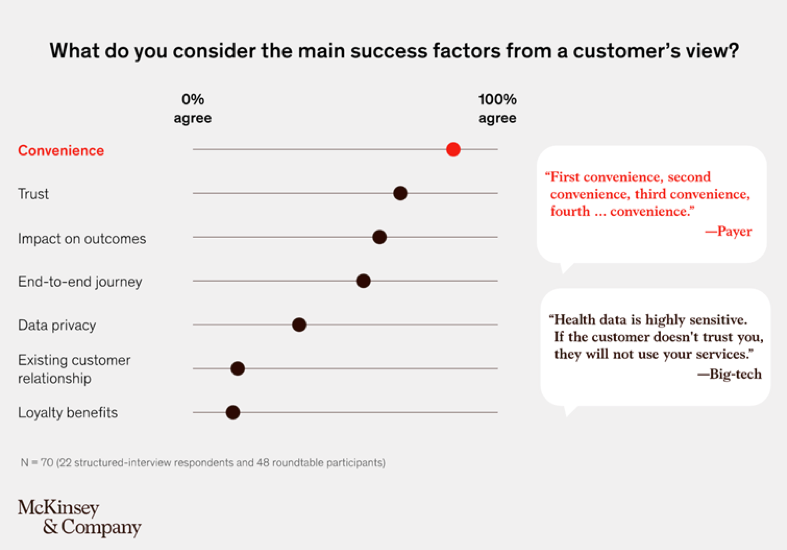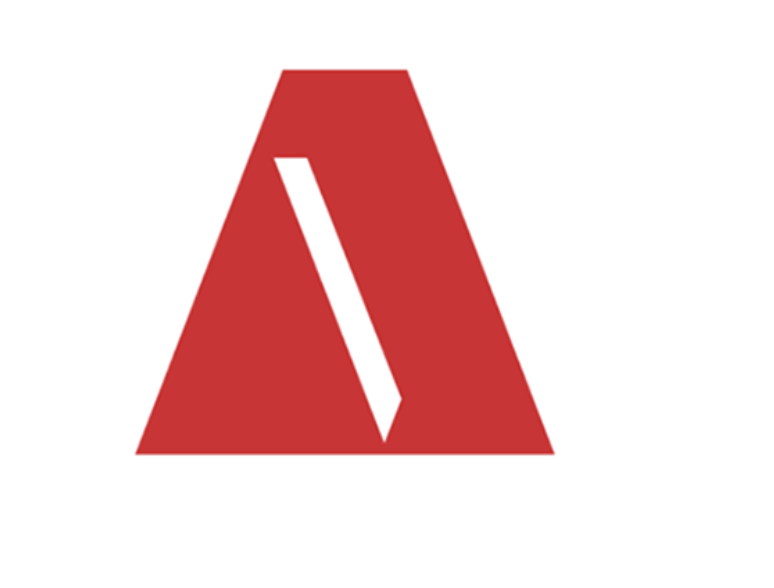Mental Health App Development: What to Consider?
As we’ve figured out in our previous article, the mental health apps market size has been rapidly growing in the last few years and there is a growing global demand for digital mental health solutions. Unsurprisingly, both industry giants and small startups are now entering the digital health market in hopes of capturing the biggest market shares. At the same time, this raises customer expectations, which requires companies to innovate and continuously engage users to stay afloat in an increasingly fierce competition.
In this article, we provide essential attributes of successful mental health solutions and suggest important mental health app features, based on Artezio’s extensive experience in healthcare app development.
2 types of mental health apps
Here, at Artezio, we identify two main types of mental health apps:
Mental disorder apps
Mental disorder apps are designed specifically for patients who suffer from diagnosed mental illnesses like schizophrenia, obsessive-compulsive disorder, paranoia, etc. These apps call for the employment of science-backed treatment methods and specific design choices.
For example, an app targeting people with dementia should have much larger text and a simple interface for setting up reminders. Given that schizophrenia sufferers have a high tendency to isolate themselves, schizophrenia treatment apps should have a social platform to help patients to connect with each other.
Multiple peer-reviewed researchers have shown that in the absolute majority of cases, mental disorder apps can have a tangible impact only as a supplement to traditional therapy. In a nutshell, designing mental disorder apps requires collaboration with certified healthcare professionals and granular research of a given illness.
General mental health apps
General health apps help mentally healthy people to enhance their overall well-being, practice mindfulness, release stress, deal with sleeplessness, relax, meditate, and control addictions. Given their multipurpose nature and often wide target audiences, general mental health apps can take many different shapes and forms.
The most popular mental health apps help people deal with stress and have better control of behavioral changes. This is often done via guided meditations, conversations with an AI-powered chatbot, or various exercises for practicing mindfulness. Other general mental health apps connect users with certified healthcare specialists via text, call, or video chats.
Most popular types of purchased health apps in the U.S. as of 2020

How do you build a mental health app?
After defining your target audience, it’s time to dive into development. Here are some of the most important tips for creating an app to help mental illness:
Define target audience
In the digital mental health sector, consumer demands can substantially differ based on geography, language, age, cultural backgrounds, healthcare provider accessibility, and other region-specific attributes. This calls for thorough market research and a granular understanding of a particular target audience. For example, as we’ve discussed in our previous article, for people from some ethnic minorities, finding a provider who looks like them, talks like them, and shares similar experiences is a top priority.
Choose a dev platform wisely
To understand what technologies to choose for the project, you need to decide whether you are going to make a web, mobile, or cross-platform application. In very specific cases (i.e., when the solution calls for the usage of specialized laboratory equipment), the desktop version might be the most appropriate choice.
In many cases, it’s safe to start with mobile, and then extend it to other platforms further down the line. When it comes to mobile mental health app development, there shouldn’t be a choice between iOS and Android. Here, at Artezio, we highly suggest making a hybrid app that is supported by both operating systems and performs equally well on smartphones and tablets.
Building a native app for both platforms often requires more time and resources than opting for cross-platform app development using React Native or Flutter. At the same time, native codebases allow for much needed customizability, and, ultimately higher quality of a finished product.
Build an MVP
After you defined the target audience and decided on the type of mental app you want to create, it’s time to build an MVP. You can sketch the app’s logic and architecture using free tools like Notion for ideation, diagrams.net for workflow visualization, Figma or proto.io for UI, and ClickUp for progress tracking. After you have a detailed understanding of app workflow, you can build a working prototype using no-code tools like Thunkable for mobile and Bubble for web apps.
However, it’s highly unlikely that the no-code approach will suffice in the long term. No code limitations prove especially ineffective for mental health apps, as they require a high level of customizability and compliance with standards like HIPAA. This is why it’s critical to hire an experienced team of professionals that not only excel at coding but also understand a myriad of business-related nuances of mental health app development.
Have a mental health app project in mind?
Ensure data privacy and compliance
In the digital health realm, regulatory compliance and privacy protection are among the top priorities. Depending on the jurisdiction, regulatory requirements can have substantial differences. For example, companies operating in the US have to ensure compliance with HIPAA, while EU-based organizations need to adhere to GDPR. Failing to comply with these frameworks results in large fines and damaged brand reputation.
Managed service providers impacted by compliance requirements worldwide in 2022
Ensure data privacy and compliance
In the digital health realm, regulatory compliance and privacy protection are among the top priorities. Depending on the jurisdiction, regulatory requirements can have substantial differences. For example, companies operating in the US have to ensure compliance with HIPAA, while EU-based organizations need to adhere to GDPR. Failing to comply with these frameworks results in large fines and damaged brand reputation.
Managed service providers impacted by compliance requirements worldwide in 2022

Now let’s discuss what technologies and frameworks are best for mental health app development.
What technologies do we use to build mental health apps?
Here are some of the technologies we use and recommend:
| Category | Android technology stack | iOS technology stack |
| Programming languages | Kotlin, Java | Swift |
| IDE | Android Studio | Xcode |
| SDK | Android SDK | Cocoa Touch |
| Architecture pattern | MVVM (Model-View-ViewModel) architecture | VIPER |
| Library | Android JetPack components (Room database, Workmanager, Hild), Kotlin Coroutines, Kotlin Flow | RxSwift, Alamafire, SocketRocket, Firebase, RealmSwift, ReachabilitySwift |
| Technologies for UI layer | RecyclerView, Android JetPack Navigation | UIKit, UiCollectionView |
| Technologies for network layer | Retrofit 2 for network requests GSON for JSON parsing Glide/Picasso for loading images and caching | Alamofire / NSURLSession for network requests Codable for JSON parsing Alamofirelmage for loading and caching images |
| Web hosting | AWS, Microsoft Azure | AWS, Microsoft Azure |
| Tools for testing | JUnit, Mockito, Robolectric, Esрresso | XСTest for unit tests |
| Integration with wearables | Bluetooth Low Energy | Bluetooth Low Energy |
Focus on convenience and personalization
According to a recent study by McKinsey, convenience is the main success factor of digital health solutions from a customer’s point of view. While the importance of app usability is ubiquitous across all industries, achieving convenience in mental health apps requires an industry-specific approach.

For example, instead of requiring patients to enter the information about their condition using the standard text-based format, companies can provide a more user-friendly, often gamified interface. uMotif, a leading data capture platform for clinical research, not only offers a highly engaging user interface but can also integrate data from wearable trackers, which alleviates the burden of manual data entry and considerably increases customer satisfaction.
While many apps can generate a spike in consumer interest, keeping users engaged for extended periods on a daily basis is much harder to achieve. Personalization is one of the ways to achieve high user engagement. By establishing definitive standards around user data collection and analysis, we can cater app design and content to one’s specific needs and personality.
The catch is that quickly implementing, testing, and iterating these features is a complex and error-prone process from a technological perspective. This is why it’s best to leave a budling technological backbone to professionals like Artezio with a proven track record of successful healthcare app development projects.
How much does it cost to develop a mental health app?
On average, a mobile app that can continuously engage users costs around 80,000$ to develop. However, the final cost of mental health app development depends on a multitude of factors including the amount and complexity of features, app type, presence of third-party integrations, and scope of the project. For example, integration with third-party wearables or implementation of ML models can significantly increase development costs. Using cross-platform development approaches can decrease costs by up to 35%. It’s also important to consider maintenance costs, which can incur up to 25% of total budget. In a nutshell, there are too many factors that influence the final cost of development.
To get an estimate of the full-cycle mental health app development cost, feel free to contact us and discuss your idea.
Path forward
Undoubtedly, digital mental health solutions are going to play an essential role in digitizing and evolving healthcare. With increasingly intense market competition and a stringent regulatory landscape, mental health app development requires companies to have both technical and medical expertise at hand. Succeeding in this market comes down to proactively reacting to customer behaviors, which requires an agile and experienced team of professionals. With over 20 years in healthcare app development, Artezio knows how to deliver tailored digital health solutions that address customers’ specific needs and stand out from the competition.

